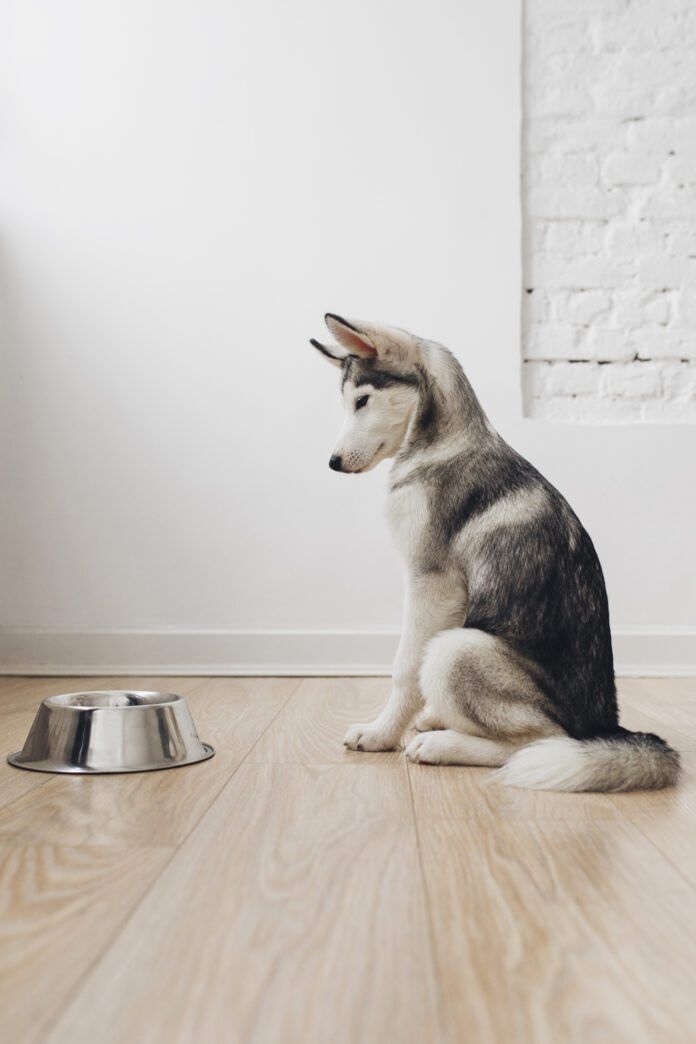Animal behaviorists are familiar with dogs who refuse to eat from their bowls and prefer to be hand-fed. Here are some reasons why your dog might not be eating out of their bowl:
- Underlying health problems like arthritis, nausea, gingivitis, or other painful conditions can make eating uncomfortable.
- Separation anxiety and the stress of being alone or in unfamiliar surroundings can cause a dog to seek the reassurance of close personal attention.
- Your dog may associate her bowl with a traumatic or negative event that took place while she was eating.
- Your dog’s bowl may be in a noisy or uncomfortable location. Bowls that slide across a tile floor may frighten your dog.
- Your dog might be overfed and not hungry or may be bored with the same food all the time.
- Your dog’s bowl may be the wrong shape (too deep), wrong height (too high or low), or wrong material (plastic or metal) for comfortable dining. Tags on the dog’s collar may clang unpleasantly against the bowl or a long-eared dog may dislike having her ears in her dinner.
- Other animals in the home can generate competition for attention or disturb your dog while eating.
How to help your dog eat from a bowl
Some experts discourage consistent hand feeding, saying that it interferes with the development of a dog’s self-sufficiency and creates problems for the dog when circumstances change, as they invariably do.
If there are physiological reasons for your dog’s hand feeding preference, they deserve attention. Address underlying health problems with a visit to your veterinarian and correct environmental problems such as the feeding bowl’s height, shape, material, and physical location. Remove a noisy collar at dinner time. A snood or ear wrap can protect long ears from falling into food bowls.
In multiple-pet households, feed animals separately. Adjust feeding time to when your dog is most relaxed and hungry. Add variety and interest to your dog’s dinner by alternating dog foods, protein sources, and add-on ingredients. If your dog simply isn’t hungry, reduce the number of meals per day or the number of snacks you offer.
The fastest way to break an otherwise healthy dog of the hand feeding habit is to feed him once a day in a bowl placed in a safe, quiet place where he can eat uninterrupted. After 10 to 15 minutes, remove the food and don’t feed him again, including snacks, until the next evening. When he eats from a bowl, reward him with praise and a special treat, also offered in a bowl.
A final reason some dogs insist on hand feeding is that they love the bonding and intimacy it provides. With patience and imagination, you and your dog can enjoy emotional closeness without your having to be an on-demand food dispenser.






My puppy refused to eat unless I hand-fed him and even then he didn’t eat enough for a growing puppy. He was healthy and without any physical problem, other than his unwillingness to eat. He was a sweet, somewhat shy, loving puppy. I eventually tried every brand of kibble on the market with no success. Finally, in desperation, I tried Steve’s frozen raw food and the change in my puppy was remarkable. He gobbled it down with a gusto I had never before seen. Almost two years later, he looks terrific and eats from his own bowl with pleasure. Sometimes, it’s just a matter of finding a food your dog likes.